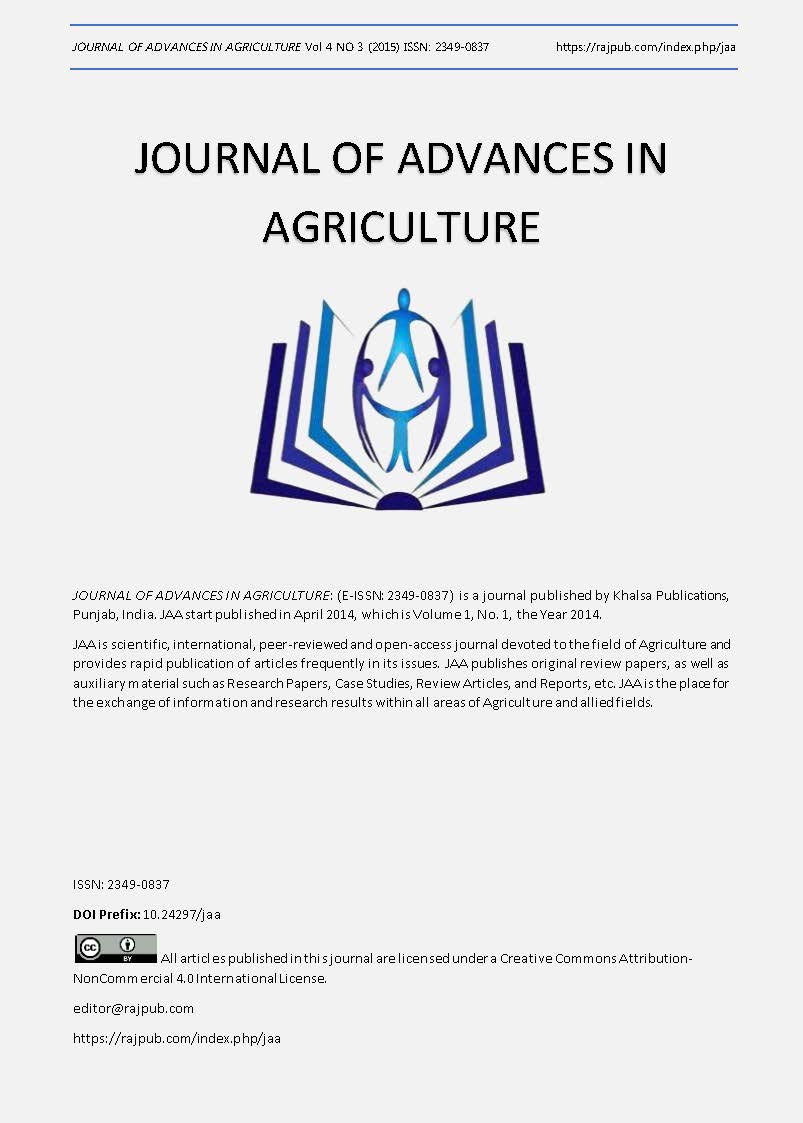A Comparative Study on Productivity of Salmon Aquaculture in Conventional and PLC-equipped Ponds
DOI:
https://doi.org/10.24297/jaa.v4i3.4276Keywords:
salmons, PLC-equipped ponds, production function, productivity, efficiency.Abstract
Population growth and insufficient food particularly high-quality protein resources over recent decades have led to greater attention paid to consumption of aquatic species. In this respect, Lorestan provides a huge potential for rearing coldwater fish especially salmons. This comparative study revolves around the productivity of salmon aquaculture in conventional and PLC-equipped ponds across several Lorestan towns including Khorramabad, Selseleh, Dalfan, Azna and Aligudarz. For that purpose, there were three major concepts involved in this study; production function, efficiency and total factor productivity. The results demonstrated that water consumption was steadily lower in the PLC-equipped ponds, thus cutting down on costs. The mortality rate in this method was low and the final yield was high due to several factors including 1) production per unit (hectare) was 2365, whereas it was at most 2078 in the conventional method, 2) the daily growth rate was averagely higher, so that fish body weights reached 350 g at the end of each period, 3) the survival percentage in this method was 100 in case of numerous ponds, suggesting the desirability of such method. Therefore, it can be stated that productivity of fish rearing ponds is remarkably higher supported by PLC methods as compared to the conventional methods. In order to measure the total factor production, the Cobb-Douglas function was employed to find out labor, fish fry, water flow rate, useful area and food left a positive impact on the fish production function by 17, 28, 29, 43 and 49 percent, respectively. Efficiency is another aspect of comparing the two methods. It can be divided into three components including technical, allocative and economic efficiency. Moreover, the PLC-equipped ponds are more efficient than the conventional methods.
Downloads
Downloads
Published
How to Cite
Issue
Section
License
 All articles published in Journal of Advances in Linguistics are licensed under a Creative Commons Attribution 4.0 International License.
All articles published in Journal of Advances in Linguistics are licensed under a Creative Commons Attribution 4.0 International License.




